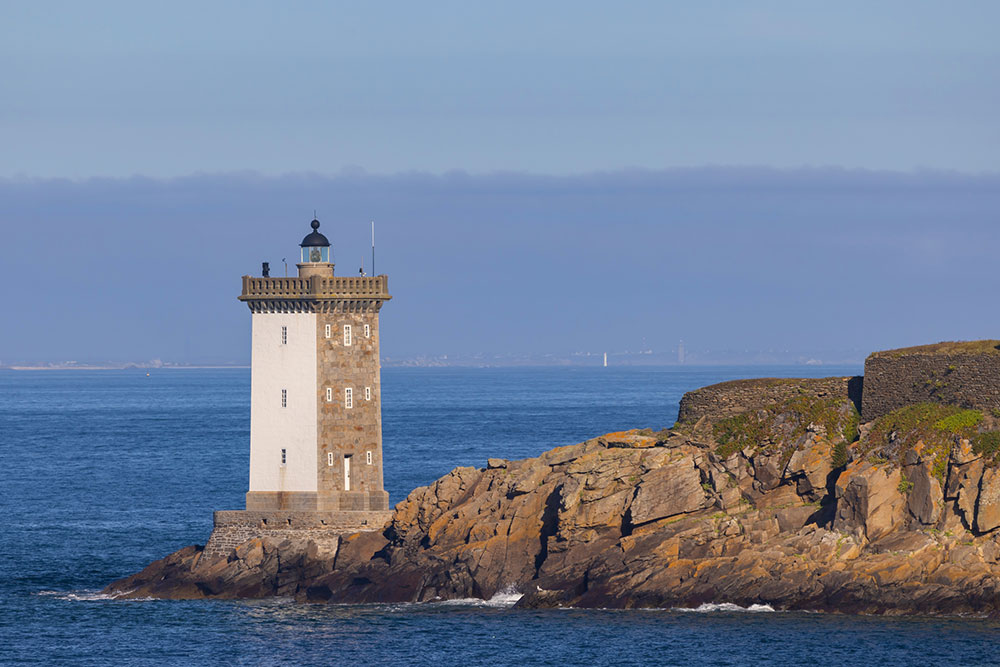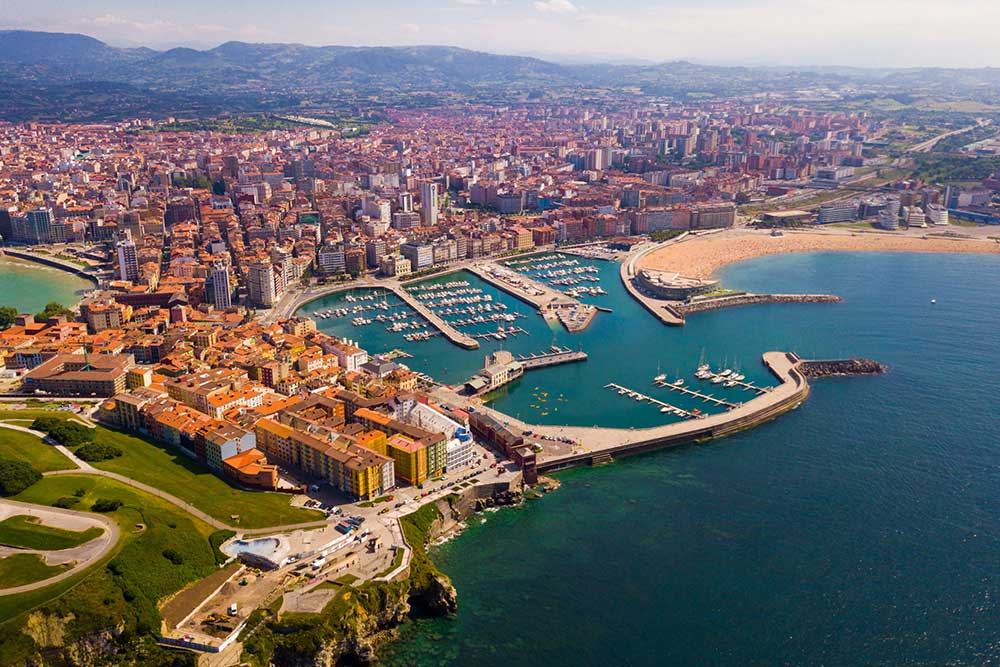

Needles Lighthouse, South Coast, UK

Kermorvan Lighthouse, Brittany, France

La Rochelle, Charente-Maritime, France

Gijon, Asturias, Spain

Lisbon, Portugal

Gibraltar
This page details the exciting and often challenging section of the voyage between the UK and Gibraltar, a route filled with stunning coastal landscapes, historical landmarks, and varying sea conditions. The journey begins with the English Channel crossing, a busy and narrow stretch of water that demands careful navigation due to heavy shipping traffic. After crossing the Channel, the route turns south, passing along the spectacular coast of Brittany, known for its rugged cliffs, charming fishing villages, and strong tidal currents. Sailors pass iconic locations such as the Île d’Ouessant, a critical waypoint for those entering or exiting the Atlantic, and the pink granite coastline of northern Brittany.
Next comes the formidable Bay of Biscay, a notorious stretch of open water that has long been a test of endurance for sailors. Known for its unpredictable weather and large Atlantic swells, it requires careful planning and vigilance. Calm summer conditions can provide smooth sailing, but storms and rough seas are always a possibility. Once across the bay, the route hugs the northern coast of Spain, where verdant hills meet dramatic cliffs and picturesque seaside towns like Gijón and Santander. Continuing westward, the voyage rounds Cape Finisterre, the “end of the earth” in ancient times, where jagged cliffs meet the vast Atlantic in one of the most striking sections of coastline in Europe.
From Finisterre, the journey turns south toward the Portuguese border, transitioning into the sun-soaked waters of the Iberian Peninsula. The coastline changes character, with sheltered harbors and long stretches of sandy beaches leading toward Lisbon, the vibrant capital of Portugal. Here, sailors can take a well-deserved break to explore the city’s historic districts, cobbled streets, and renowned maritime heritage before continuing on. South of Lisbon, the route passes Setúbal and the wild beaches of the Alentejo Coast, before rounding the imposing headland at Cape St. Vincent, the southwesternmost point of mainland Europe.
Once around Cape St. Vincent, the voyage turns east along Portugal’s Algarve coast, famous for its golden cliffs, hidden coves, and warm, calm waters. Soon after, sailors reach Cadiz, one of the oldest cities in Europe, with its whitewashed buildings and rich maritime history. Just beyond Cadiz lies the famous headland at Cape Trafalgar, site of the historic naval battle in 1805, where Admiral Nelson secured a decisive victory. From here, the final stretch heads down toward the Strait of Gibraltar, a narrow and strategically significant passage between Europe and Africa. Known for its strong currents and unpredictable winds, this gateway to the Mediterranean is both thrilling and challenging to navigate. The journey concludes at the iconic Rock of Gibraltar, marking the end of this adventurous leg and the start of a new chapter in the Mediterranean Sea.
